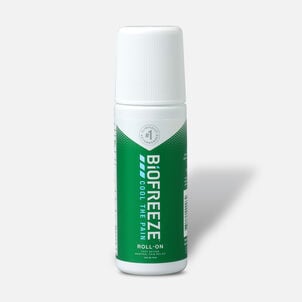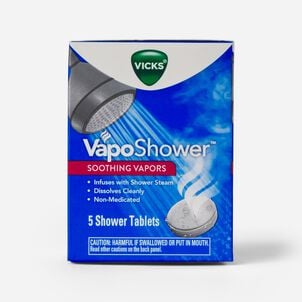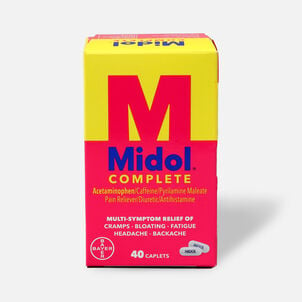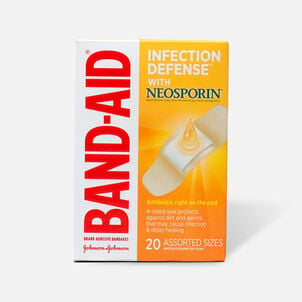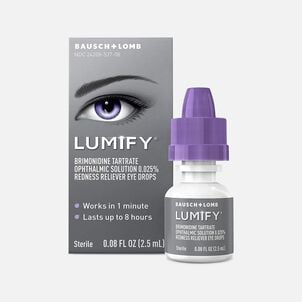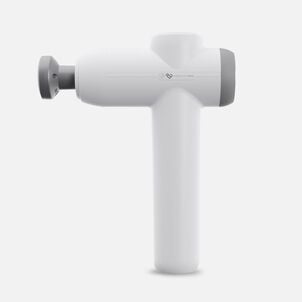Finding balance between HSA spending and investing

Over the past few years, I've had some major financial breakthroughs. Reining in my food spending. Comparison shopping for health care expenses. Purchasing a disability insurance policy. Each time, my finances were better for it — all because I learned something and made changes.
Learning about the benefits of health savings accounts (HSAs) was another game-changer. For anyone with a high-deductible health plan (HDHP), the triple tax savings is huge. Another spark happened when I realized I could invest my HSA money. I may be young and healthy now, but what about in 20, 30, or even 40 years?
In an ideal world, I could invest every dollar I put into my HSA over the next few decades. There is no doubt the money will be useful in the future. But in reality, there are health care expenses to pay for now, too.
Of course, we're not financial pros, nor should any of these ideas be used in place of actual financial guidance. You should always speak with a qualified professional before making any financial decisions. That said, here's my own experience creating an HSA cash vs. investments strategy.
Audit your health care expenses every year
Health care isn't cheap with an HDHP. It only took one $400 dermatology bill for me to realize this. It was an expensive lesson — and not one I want to repeat.
I've learned the best way to avoid costly surprises is through an annual health care expense audit. By reviewing each expense, line-by-line, I can predict what I may see for the next year. After seeing last year's expense breakdown, it was easier to estimate how much I may spend in 2019.
These are my baseline annual health care expenses:
- Dentist - $380 - two cleanings and one x-ray
- Doctor - $18.75 - annual physical
- Eye doctor - $205.54 - annual appointment(s)
- Prescriptions - $362.02 - generic anxiety and acne medications
- Psychiatrist - $224 - quarterly appointments
That's almost $1,200 in out-of-pocket expenses I can't avoid. I'm left with two choices:
- Budget for these expenses monthly, or
- Pay for them with HSA funds.
Spending HSA money vs. investing the balance
Investing HSA money has worked out for me. It allows the funds to grow for future medical expenses. The only problem is, if my HSA money is 100% invested now, I can't easily access the funds if needed. I'm expecting at least $1,200 in out-of-pocket health care expenses, so I need a plan to pay for it. Here are some pros and cons to consider.
Option #1 - Budget $100 a month for health care expenses and pay in cash
Adding an extra $100 a month into my budget seems reasonable — especially if I can cut back on other areas. I may not feel the difference. I have to remember that $1,200 is only a baseline number, though. I could easily wind up spending more, which could cut into my savings goals. That's why this option is riskier.
Option #2 - Keep $1,200 of HSA in cash and pay for health expenses over time
The safer option is keeping at least $1,200 of my HSA in cash. By paying for health care expenses with HSA money, I'm less likely to derail my monthly budget.
Staying on track means I'll have a better chance of sticking with my savings and investing goals — including funding my Roth IRA and solo 401(k), which both offer tax benefits, too.
Lastly, it's possible I will be less hesitant to pay for health care if I have already earmarked the money. This could pay off through better health for years to come — something you really can't put a price tag on.
Of course, it's important to stay organized. To avoid IRS scrutiny, it's critical to keep itemized receipts for every single health care expense.
Given all the upsides — which outweigh the cons — spending $1,200 of my $11,000 HSA seems like a prudent choice for 2019.


.png)


